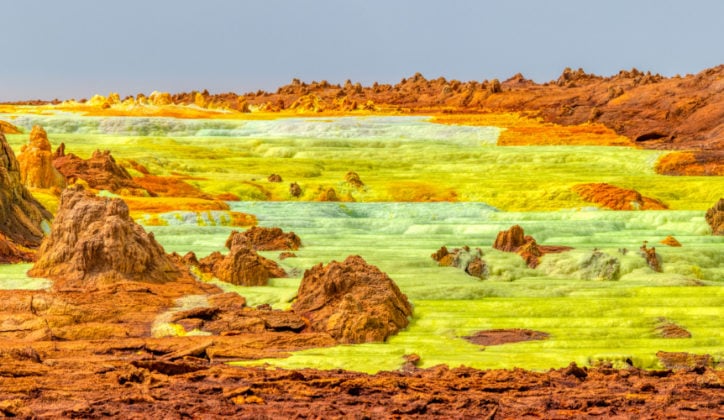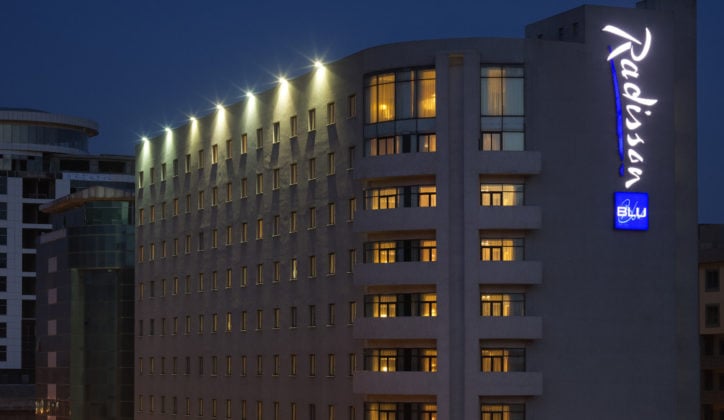Addis Ababa – often shortened to simply Addis – is Ethiopia‘s capital, largest city and, more often than not, people’s first introduction to this fascinating country. Located right in the centre, Addis sits at the foot of Mount Entoto at 2,000 metres above sea level. Most people will pass through at the start and end of their trip, and although this sprawling city can seem a little chaotic at first, it really is the best place to get a flavour of modern Ethiopia.
Addis was founded in 1887 when, after a particularly cold snap in the former capital of Entoto, Emperor Menelik II moved to the warmer low-lying area around the Filwoha Hot Springs. The newly created capital was named Addis Ababa, meaning New Flower in the Amharic language, by the Empress.
As well as being the economic and administrative heart of Ethopia, Addis is often referred to as the political capital of Africa. It has been the seat of the African Union since the 60s and is home to the United Nations Economic Commission for Africa.
The city also has a number of interesting historical sights, including St George’s Cathedral and Holy Trinity Cathedral, where Emperor Haile Selassie I, British suffragette Sylvia Pankhurst, and those who fought against the Italian Occupation are laid to rest.
When to go
Addis Ababa sits at over 2,000 metres above sea level affording it a more temperate climate than you might expect. Daytime temperatures hover between 22˚C and 28˚C with evenings often being cool enough to warrant an extra layer. The rainy season runs between June and late September, with July and August being the wettest months.
What to do
- Experience delicious Ethiopian cuisine and a cup of steaming coffee
- Visit St George and Holy Trinity Cathedral
- Admire the modern architecture of the African Union building
Itineraries including Addis Ababa
Accommodation in Addis Ababa
Here are some of our travel designers' favourite options














